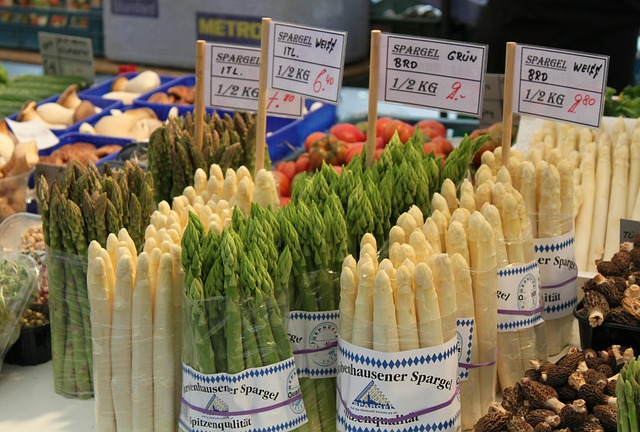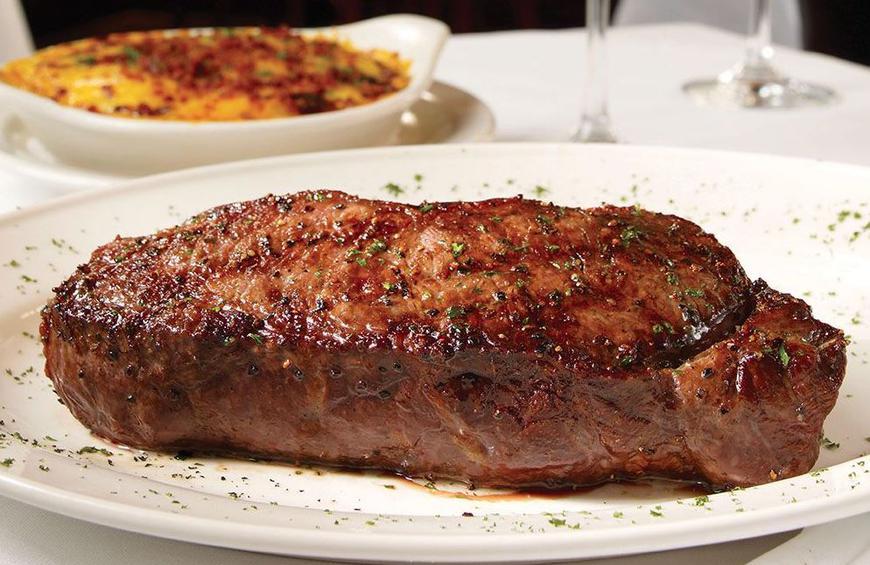
It is crucial to understand the science behind cooking taste in order to create delicious dishes. It is possible to learn more about the five flavors that our bodies recognize, and then incorporate them into various dishes. Many dishes will use all five. Others may use just two or three. Make sure you taste the food as it cooks and make any adjustments before serving. It is important to learn how to properly season your food. We'll be discussing some of the techniques and ingredients that can improve flavor and umami in this article.
Science behind food taste
If you are wondering why some foods taste different, you aren't alone. Scientists are studying how the brain works and are actively trying to discover more receptors that can detect food flavors. Proteins in other foods, such as proteins found in meats, also have a role to play in flavoring food and making it more appealing. A complex combination of many chemical properties creates the flavor of foods. It begins with the taste and smell of the food. The saliva then processes the enzymes to make the food more flavorful. Moving the food onto the tongue's palate papillae is the next step in the tasting process. These are tiny bumps that house 50-100 taste cells. Each taste cells is folded like flowers and has a chemical receiver that translate into taste. This process is known "flavor perception".
Flavor-enhancing ingredients
Cooks who are good at cooking know how to add flavor to their dishes. They have favorite condiments, produce section staples, and spice blends that they keep in their pantry. These can make the cooking process a breeze, add extra flavor, and cut prep time. These ingredients are essential for great meals. Here are some of my favorite recipes:

Techniques to enhance the flavor
The layers of flavor in the ingredients make the best dishes. This can be achieved by using different techniques such as adding flavours before the food cooks and then adding them to final products. Each step adds depth and flavor to the dish. If you skip one step, all the others will be less effective. Salting an ingredient before it is cooked can increase its natural sweetness by counterbalancing its sweetness.
Ingredients to enhance umami
The taste of umami is not a distinctively Chinese trait. Umami is a flavor that can be found in almost all foods. However, it's not a characteristic of Asian food. Glutamate is the ingredient that gives it its flavor. Monosodium glucose has a bad rap but it's safe for cooking. Monosodium glutamamate is an amin acid that naturally occurs within foods. The U.S. Food and Drug Administration (FDA), considers it safe.
Enhance bitterness with ingredients
When cooking, bitter ingredients can compliment each other. For example, milk chocolate lacks the bitterness that bitter chocolate has, so bitter chocolate is more popular than milk chocolate. Salt can reduce bitterness in desserts. Salt may be an option if you are using bitter ingredients in a recipe. Here are some tips to balance bitterness when making dishes.

FAQ
What's the best way to keep leftovers safe?
Tupperware containers can be used to store leftovers. These containers keep food fresh and prevent odors forming. They also keep foods warm for longer. Leftover food can be frozen in freezer bags. For food that you are freezing, make sure to place it inside another freezer bag. Once the food has frozen, you can transfer it to an airtight container like a zipper lock bag.
How Long Does It Take to Be a Chef? What's the average career path for a chef?
It takes five years to become a chef. You will be able to learn basic cooking techniques as well as gain practical experience working in a kitchen. When you finish your training, you can apply for positions as a line cook, sous chef, or executive chef. The average annual salary for a professional chef is between $25,000 and $60,000
Are you able to cook by yourself?
You can learn to cook by yourself! It is something everyone enjoys, regardless of their level of cooking ability. Start cooking at home if you want to learn how to cook. Start small, like making pancakes for breakfast or spaghetti sauce for dinner. Try new recipes and be open to experimentation when learning how to cook. It is possible to make mistakes.
The time it takes to learn to cook can vary from just a few hours up to several weeks, depending upon your skill level. Cooking is more than following recipes. There are so many ways to prepare food.
Where can I purchase high-quality kitchen equipment
You can purchase high-quality kitchen equipment online. There are many websites where you can shop for all kitchen tools. Before you purchase any kitchen equipment, ensure that you have read all reviews and rated it before buying. Ask other owners if they have any recommendations.
Statistics
- The median pay for a chef or head cook is $53,380 per year or $25.66/hour, according to the U.S. Bureau of Labor Statistics (BLS). (learnhowtobecome.org)
- under 10 Kids have been taught that there is special food just for them, and Fiese says that 10 percent of kids will throw a tantrum if they don't get the food they want. (washingtonpost.com)
- You'll be amazed that over 90% of CIA students receive scholarships and grants to finish their culinary studies. (ischoolconnect.com)
External Links
How To
How to make the perfect omelet
Omelets is one of my favourite breakfast foods. How do you make them perfect? I've tried many different methods and recipes, but none of them seem to work! So I wanted to share some tips and tricks so that you can make delicious, fluffy omelets every morn.
Before we start making omelets, let's remember that eggs are temperamental. Eggs must be purchased fresh, preferably organic, and kept chilled until ready for cooking. The yolks and whites will not form properly if they aren't kept cold enough. This makes your omelets look weirdly colored. If you want to make omelets right away, it's best not to use eggs that are too cold.
Another tip is to separate the egg before adding it to the pan. You don't want any white to get mixed up with the yolk because this could cause the omelet to curdle.
You might burn the bottom of the egg if you place the egg directly on the stovetop. This could ruin the texture of your omelet. Instead, microwave the egg for 10 seconds before adding it to the pan. The microwave heat will cook the egg just right without making it too hot.
Next, let us talk about how to mix the eggs. Mixing eggs together is important. You need to beat them well. To do this, grab the bowl of the mixer and turn it upside down. Then, vigorously shake the bowl. By doing this, the egg is thoroughly mixed with the air in the bowl.
The fun part is now - adding the milk to the mixture. First, pour half of the milk into the beaten eggs and then fold the eggs gently into the remaining milk. Don't worry if there are still streaks of egg visible; these streaks will disappear once you flip the omelet.
After folding the eggs fold the pan onto medium heat. When the oil starts to hot, wait for the pan to cook. When the oil is hot enough, add 1/4 cup butter to the pan. Stir it around until the butter covers the entire pan. Carefully open the pan's lid and add salt to the pan. A pinch of salt will help prevent the omelet from sticking to the pan.
Once the omelet forms, cover the pan again. Let the top side set completely. Flip the omelet upside down or with a spatula. Cook the other half for another minute. Take out the omelet and place it in a bowl.
This recipe works best with whole milk, but skimmed milk also works.